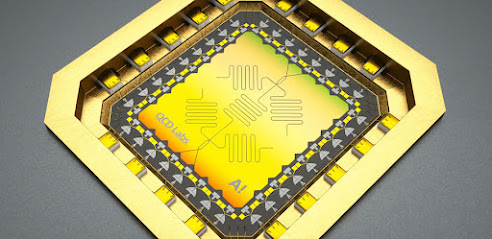 |
| Wei Lu Professor Mechanical Engineering University of Michigan |
It’s an advancement likely to benefit a host of industries where costly and time-consuming trial-and-error testing is necessary to determine the optimal design. As an example, look at the current U.S. infrastructure challenge—a looming $2.5 trillion backlog that will need to be addressed with taxpayer dollars.
Planners searching for the best way to design a new bridge need to answer a string of key questions. How many pillars are needed? What diameter do those pillars need to be? What should the radius of the bridge’s arch be? The new algorithm can determine the combination that gives the highest load capacity with lowest cost.
The team tested their algorithm in four optimization scenarios: designing structures to maximize their stiffness for carrying a given load, designing the shape of fluid channels to minimize pressure loss, creating shapes for heat transfer enhancement, and minimizing the material of complex trusses for load bearing. The new algorithm reduced the computational time needed to reach the best solution by roughly 100 to 100,000 times over traditional approaches. In addition, it outperformed all other state-of-the-art algorithms.
“It’s a tool with the potential to influence many industries—clean energy, aviation, electric vehicles, energy efficient buildings,” said Wei Lu, U-M professor of mechanical engineering and corresponding author of the study in Nature Communications.
The new algorithm plays in a space called topology optimization—how best to distribute materials within a given space to get the desired results.
“If you really want to design something rationally, you’re talking about a large number of calculations, and doing those can be difficult with time and cost considerations,” Lu said. “Our algorithm can reduce the calculations and facilitate the optimization process.”
















.jpg)